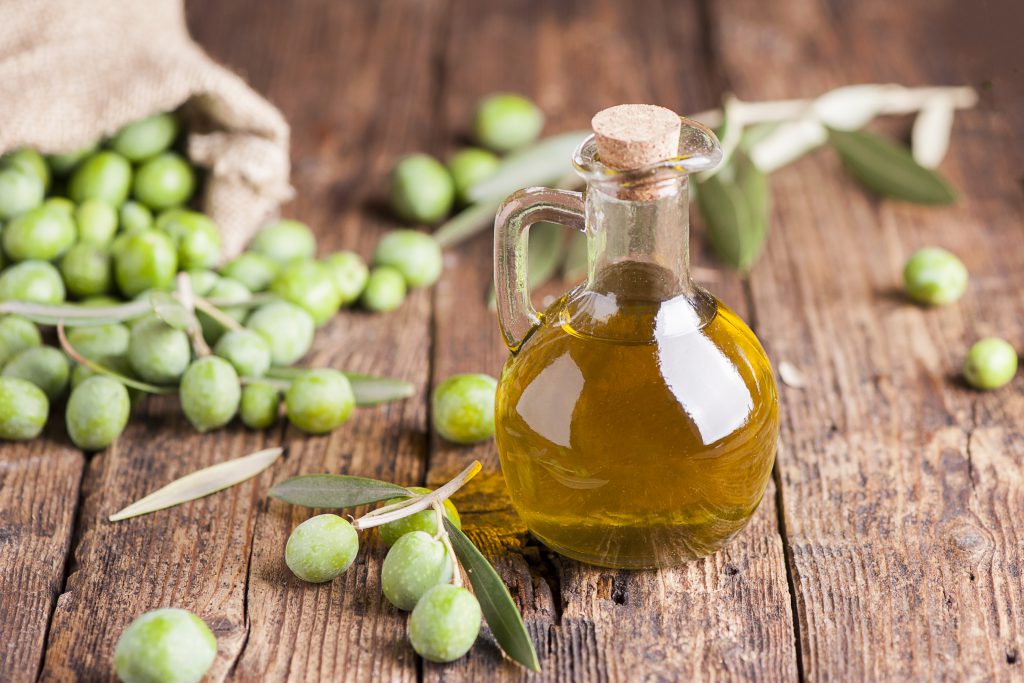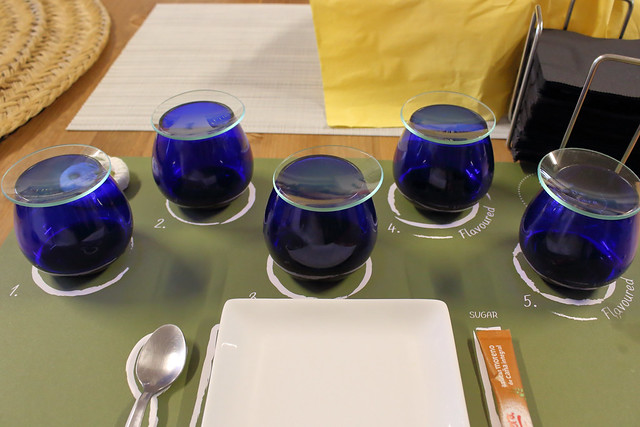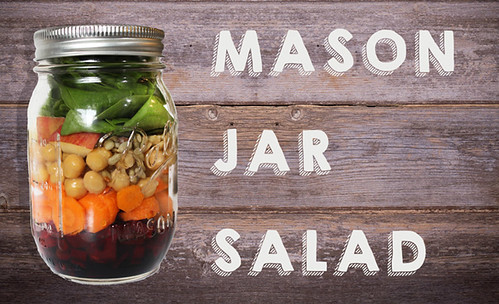How to Taste Olive Oil

The highest grade an olive oil can receive is “Extra Virgin,” but what does that really mean? Extra virgin olive oil is made by crushing fresh olives, and then applying mechanical pressure to extract their rich, flavorful oils. There is no heat involved in the extraction process, which is why it is also called “cold pressing,” and the use of chemicals for extraction is also not allowed. Cold pressing helps preserve the bright, fresh flavor of the oil. It also helps preserve the healthy antioxidants in the oil, known as polyphenols, that have been shown to protect the body from environmental stress and inflammation.
The Four S’s
Tasting olive oil is a very similar process to tasting wine. The fundamentals of tasting are based on the 4 S’s: Swirl, Sniff, Slurp and Swallow. Pour a bit of olive oil into a small cup, and let’s get started!
Swirl: Hold the cup on the palm of your hand to warm the oil slightly. Cover the cup with your other hand and gently swirl the oil around. Warming the oil and agitating it helps release the aromas. Don’t uncover just yet!
Sniff: Bring the cup to your nose, then uncover and smell the oil. Take note of what you smell and the intensity of the aroma.
Slurp: Take a sip of oil, but don’t swallow it yet! With your lips apart, press your tongue to the back of your top teeth and pull in some air – if you’re making that noise your mom asked you not to make when eating soup, you’re doing it right! Pulling in air helps spread the oil across your palette and release its flavors.
Swallow: Swallow the oil, and take note of the flavors and sensations you experience. Is your throat stinging a little? This is a good thing. It means the oil is rich in antioxidants! It should also be a little bit bitter at the back of your tongue.
Did you notice that “See” wasn’t one of the S’s? This is because color is not an indicator of the quality or flavors you may discover in an olive oil, so try using a cobalt-colored glass for a “blind” tasting.
Tasting Notes
Some of the pleasant aromas and flavors you might encounter are tomato leaves like Seka Hills’ Picual, nutty with hints of green apple like Seka Hills’ Arbequina, floral and fruity like B.R. Cohn California Extra Virgin Olive Oil, or grassy like Bariani’s Early Harvest Blend of Mission and Manzanillo. Some other flavor profiles you may pick up are black pepper, stone or citrus fruits, herbs, green tea, eucalyptus or pine.
If the oil has gone bad, or rancid, it may have flavors reminiscent of crayons or stale peanuts. Other negative flavors related to problems with harvesting or production are musty or moldy, sour or vinegary, dirty or wet wood.
Storage
Olive oil is considered a fresh product and should be enjoyed within 12-18 months of harvest. Store your oil in a cool, dark place to prevent premature oxidation and rancidity, and use within 6 months of opening.
Use & Enjoy
While you can cook with extra virgin olive oil, we recommend reserving your most flavorful bottles for use as finishing oils to add a layer of extra seasoning and richness to dishes. Pour it in a shallow dish and use as a dip for fresh bread, drizzle on fresh tomatoes or roasted veggies, add to a vinaigrette, or for an unexpected treat, drizzle atop vanilla ice cream — trust us on this one!
How To Add Farm Stand Products to Your Delivery:
CSA members – head on over to our online Farm Stand Market to customize your upcoming delivery. Market is open from noon on Thursday until 10 pm, 2 days before your scheduled delivery day. After you confirm your produce items, click the orange button “Confirm and Continue To Other Farm Products” to add the products to your delivery.
Not part of our farm family? Find out if we deliver to your neighborhood





Leave a Reply